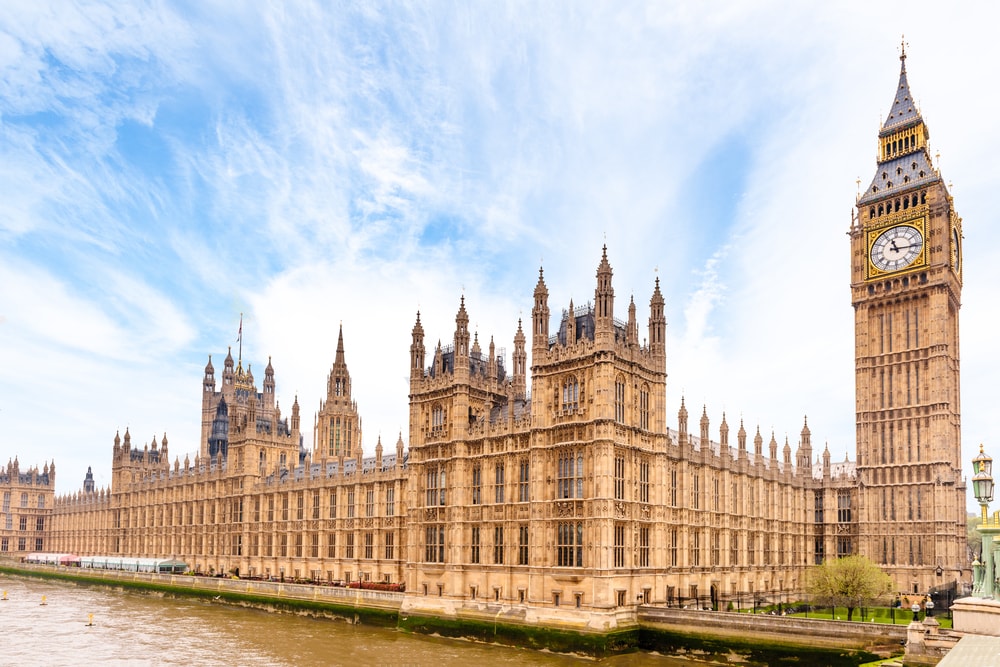Sally Ling explores the popularity of DGFs for both DB and DC pension schemes
Since their inception in the mid noughties, diversified growth funds (DGFs) have offered an increasingly popular way to invest across a range of asset classes.
DGFs come in a range of styles and are marketed under a variety of names, but they all have a common objective – to produce, over the medium to long term, equity-like returns while limiting the amount of volatility. The managers reduce volatility by investing in assets with returns that have historically had a low correlation to equities or bonds. This might include commodities, private equity, infrastructure and hedge funds but different managers take different approaches. In addition, rather than following a peer group benchmark, like a balanced fund, most DGFs have an overall performance objective, set relative to inflation or short-term interest rates, for example RPI +5 per cent pa or Libor +3 per cent pa.
JLT head of investment consulting Allan Lindsay explains that there are three main styles of DGF: absolute return, where there is an equal focus on not losing money and generating returns, traditional long-only, which generate more equity-correlated returns and use more ‘traditional’ investments, and cash plus, an almost absolute return approach; there will be some setbacks but not as much as with equities.
While DGFs have a similar overall objective, the managers that have entered this market have taken very different approaches. This is well illustrated by recent research from Spence Johnson, which shows that DGF managers are adopting a wide range of asset allocations in order to achieve reduced volatility. For example, Newton’s Real Return Fund holds 58 per cent in equities, 27 per cent in bonds, 4 per cent in alternatives and 11 per cent in cash/other investments while, at the other end of the spectrum Baillie Gifford’s Diversified Growth Fund holds just 11 per cent in equities, with 29 per cent in bonds, 43 per cent in alternatives and 16 per cent in cash and other assets.
Lindsay welcomes this variety saying: “Initially we feared that DGFs were going to become the next balanced funds with all the products looking similar but there are lots of differences and that is very pleasing.” He adds that DGFs have been very successful in limiting volatility and have been achieving lower levels than expected when they were first conceived. He says: “Typically we’d expect about two thirds of equity volatility (18-20 per cent) but the big names have been quoting about 8-9 per cent volatility – this is a big reduction.”
How pension funds are using DGFs
There are a number of reasons why DB schemes might find DGFs an attractive proposition. For a start, their multi-asset approach can provide diversification which, combined with targeted low volatility, can help trustees reduce investment risk. Barnett Waddingham business development executive Rebecca Hawley observes that, with their the performance objectives, compared to balanced funds, DGFs can seem “more sensible to a pension fund, which is likely to have a funding strategy based on delivering consistent long-term returns and whose pension payments are mainly linked to inflation”. DGFs can be particularly useful to smaller pension schemes as they allow them to gain exposure to a wide range of specialist asset classes that they may not have felt confident in choosing a standalone basis or might be prevented from accessing due to minimum investment requirements.
But diversification is not the only reason why DB trustees are investing in DGFs. Lindsay says that some clients are using them to take a ‘core/satellite’ approach to structuring their investment portfolio. He says that, having seen the significantly reduced volatility achieved by these funds, clients are using DGFs as a ‘stable’ core and then gaining satellite exposure to higher risk/higher return assets. As a result they are achieving better returns with only slightly increased volatility. He adds “most DB trustees are open to DGFs, now it’s a case of what style”? As trustees don’t necessarily want to put all their eggs in one basket, some answer this question by mixing DGF styles to achieve even greater diversification and a range of returns.
The role of DGFs in DC
With their multi-asset approach, clear return objectives and reduced volatility, DGFs are also proving attractive to DC schemes. Some schemes are using DGFs for the accumulation stage of their default lifecycling strategies, while others simply include them in their range of self-select funds. To date, however, it been mostly trust-based rather than contract-based schemes going down this route, with fewer DGF providers operating in the contract-based sphere.
Invesco Perpetual head of multi-asset David Millar believes that one of the benefits of the DGF approach for DC schemes is that it is the return objective, typically specified in absolute terms, which is put at the centre of the investment strategy, rather than asset allocation. He says: “An objective of achieving returns in line with the long-run returns from the equity market, but with lower risk, is clearly one which is an attractive proposition for many retirement funds. This approach stands in contrast to the typical approach for defined contribution plans.”
Millar explains that the use of a target return strategy in DC schemes can mitigate three of the main pitfalls in retirement planning: volatility of equity markets and ‘balanced funds’ volatility; adverse decisions as a result of market volatility; and calibrating return generation and income withdrawal. This, he says, helps to produce a “smoother potential trajectory of the pension fund value in both the accumulation and depletion phases”.
Lindsay agrees that DGFs are ideal for DC, as they can help avoid people being put off by bad experiences. He says: “By cutting out some of the volatility you can improve confidence. If someone sees their investments fall by 25 per cent early on, they are likely to have doubts about how their pension is invested and might switch to something that feels safer but which does not produce the returns needed. Even worse, they might be put off saving for their pension altogether.” He also believes that DGFs can allow the accumulation stage of the lifestyle cycle to be extended, with lower risk and that this results in a higher fund value.
But not everyone agrees that DGFs are the solution to the DC default option conundrum. J.P. Morgan head of UK defined contribution Simon Chinnery says: “DGFs are great in terms of diversification, they have their own objectives on a standalone basis but they are not for ‘selecting and forgetting’. There is a high dependency on manager skill and you still get a high degree of dispersal of returns close to retirement.”
According to Chinnery the challenge is to get many more DC members to a minimum level of income replacement and what is missing with DGFs is “the flightpath of income replacement targets”. He believes that DC schemes will be better served by target date funds, which have age-related risk profiles, target income replacement and manage volatility to reduce the range of outcomes. These, he says, can become the whole of the lifestyle strategy, rather than just part.
The death knell for passive?
The evidence suggests that, in both DB and DC schemes, DGFs are increasingly being used in areas where previously a passive fund might have been selected. But will we see DGFs take the place of passive funds in the longer term? If DGFs can demonstrate that they can consistently deliver equity-like returns while providing a cushion against major market setbacks, the rewards could outweigh the additional costs over the long-term. What is clear is that DGFs are now part of the investment landscape. With more providers entering the market and a range of styles, it seems likely that DGFs will play an increasing role in pension scheme investment.
Written by Sally Ling, a freelance journalist



Recent Stories